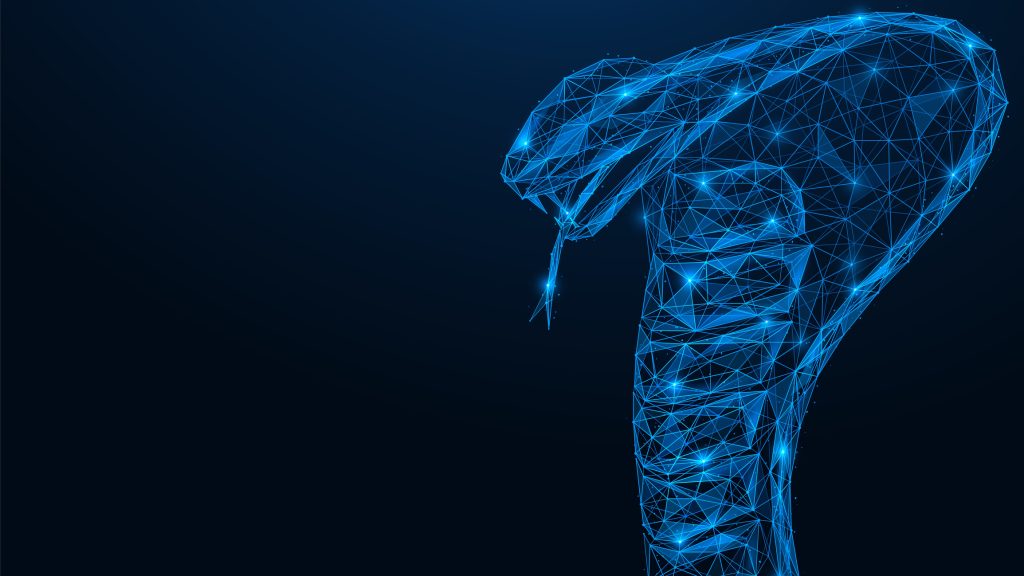Summary of insights from “The AI Ouroboros: When Models Eat Their Own Tail” by Andre Jay, Director of Technology
Understanding the Ouroboros Analogy
In a compelling LinkedIn article, Andre Jay, Director of Technology at Warp Technologies, explores a growing concern in the AI industry: what happens when models begin to consume content generated by other models. The metaphor of the ouroboros – a serpent consuming its own tail – captures this cyclical and potentially destructive trend. Jay’s warning is clear: model collapse is not a future risk. It is already unfolding.
The Risk of Model Collapse
Model collapse occurs when AI systems are trained on synthetic outputs generated by previous models. Jay likens it to repeatedly photocopying a document. Each new copy introduces minor distortions, but over time the content becomes unrecognisable. When the gaps are filled with assumptions rather than facts, the result is content that sounds authoritative but is no longer grounded in truth.
The issue is compounded when this content is reintroduced into future training datasets. Errors and hallucinations become entrenched. The illusion of confidence masks a growing unreliability.
Why Open Systems Are Most at Risk
The open internet is already saturated with synthetic content. SEO-driven material, content farms, and engagement-optimised articles have diluted the availability of high-quality, human-generated information. When large language models ingest this compromised content, they reinforce its flaws. Jay references real-world examples, such as models confidently recommending books that do not exist, as a sign of just how far this has progressed.
An Alternative: Controlled AI Ecosystems
Jay advocates for a more robust, sustainable approach that aligns with principles we apply at Warp Technologies. Rather than depending on open, uncurated data sources, he recommends building controlled environments with rigorous validation processes. These include:
- Private retrieval-augmented generation (RAG) systems
- Multi-agent validation frameworks
- Schema enforcement and logic-based constraints
- Human-in-the-loop oversight at key points in the process
This infrastructure enables what Jay calls “distributed accountability,” where multiple agents check each other’s work. The goal is not perfection, but reliable operation within well-defined limits.
What This Means for Warp Clients
Whether clients are automating internal content, developing customer-facing tools, or exploring AI-led decision making, these issues are more than technical. They shape trust, accuracy, and long-term value.
Our approach is grounded in the belief that sustainable AI needs governance. It needs well-defined boundaries, clear provenance, and systems that can explain their outputs. As we support SMEs through initiatives like Coffee & Consultancy or A-Ideation, we bring these considerations to the forefront—not as barriers, but as foundations for responsible adoption.
Questions Worth Asking
Jay closes with three questions that any organisation engaging an AI vendor should be prepared to ask:
- What percentage of your training data is verifiably human-generated, and how do you prove it?
- How do your systems prevent the propagation of AI-generated errors?
- Can you demonstrate examples where your system rejected incorrect outputs?
Providers who understand the risks of model collapse will welcome these questions. Those who deflect likely have not built the safeguards required.
Final Reflection
The real challenge is not the pace of AI advancement, but how we manage its dependencies. By investing in high-quality data, controlled environments, and thoughtful validation, we protect the value AI is meant to deliver.
Andre Jay’s article is a timely contribution to the conversation. It reminds us that as the industry evolves, so must our standards.
